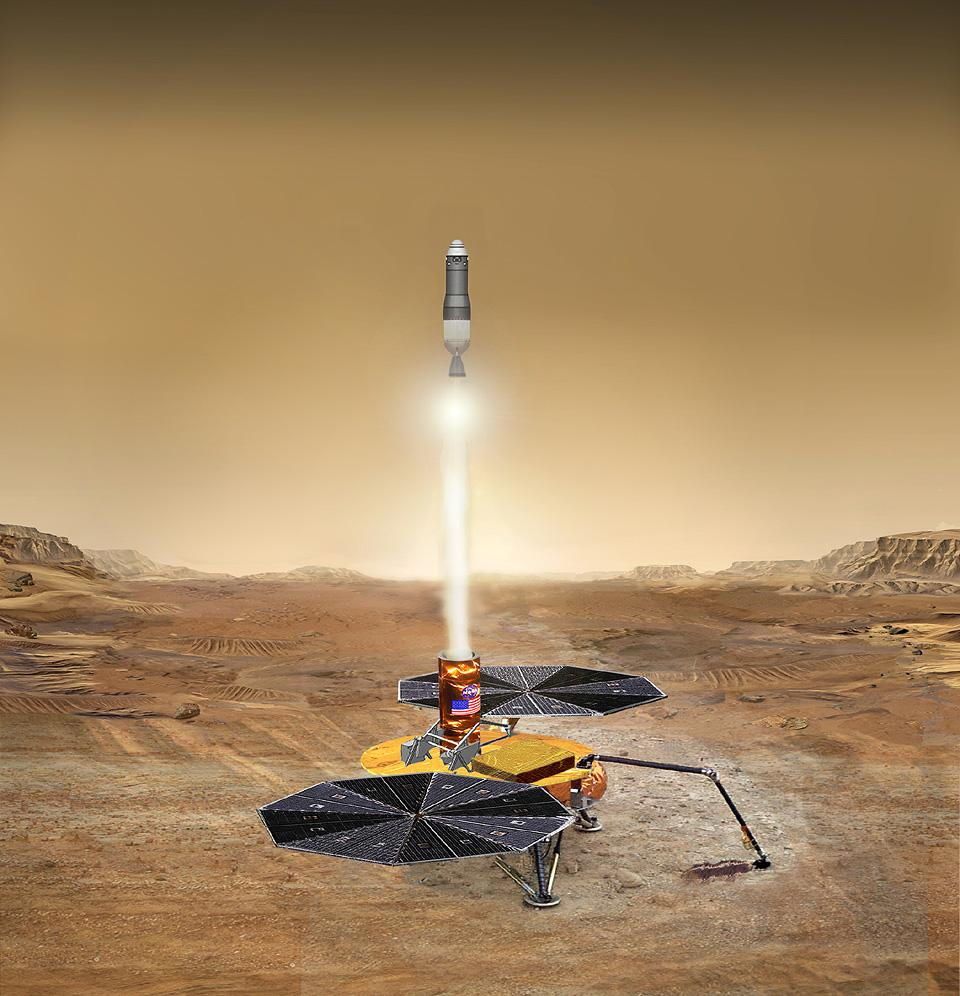A recent report by NASA's Office of Inspector General (OIG) casts doubt on the ambitious Mars Sample Return (MSR) program, highlighting significant challenges in design, cost, and scheduling. The program aims to bring pristine Martian rock and soil samples back to Earth for in-depth analysis in sophisticated laboratories, potentially revolutionizing our understanding of the Red Planet and its potential for harboring life.
One major concern lies in the program's life-cycle cost estimates. The OIG report expresses skepticism about the current $7.4 billion budget, citing "cost increase indicators" that suggest the final cost could balloon to somewhere between $8 billion and $11 billion. This represents a significant increase from the initial estimates of $2.5 to $3 billion outlined in July 2020. The report attributes this potential cost overrun to the program's growing complexity, which necessitates the development of several intricate spacecraft and the coordination of multiple missions across different space agencies.
The OIG report also raises concerns about the program's ambitious timeline. The current plan envisions launching the first elements of the MSR mission in 2026, with the samples reaching Earth in 2031. However, the report identifies potential delays due to technical challenges and unforeseen circumstances, casting doubt on the feasibility of adhering to this strict schedule.
These findings come at a crucial juncture for the MSR program. As NASA prepares to finalize the mission's design and secure international partnerships, the OIG report serves as a stark reminder of the complex and demanding nature of the endeavor. The agency now faces the daunting task of addressing these challenges and ensuring the program's viability within its budgetary and temporal constraints.
The success of the MSR program hinges on its ability to overcome these hurdles. If it succeeds in bringing Martian samples back to Earth, it has the potential to unlock a treasure trove of scientific knowledge, offering unprecedented insights into the geological history of Mars, the possibility of past or present life, and the potential for future human exploration.

